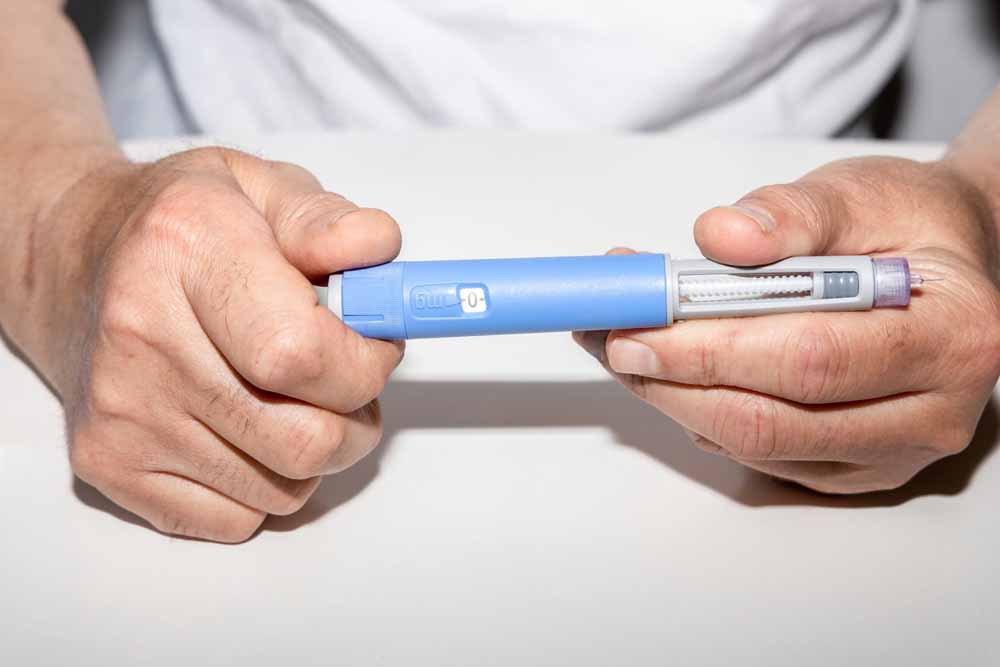The term “pain and suffering” is a type of non-economic damages you can receive in your personal injury settlement. Calculating how much your pain and suffering settlement is worth in Arizona is challenging because there is no way to quantify it.
Medical bills all have a dollar cost, but how do you calculate the price of pain? There are standard ways that the insurers do it, but it’s up to your personal injury lawyer to negotiate for what you feel is the true value of your pain.
What Is Pain and Suffering?
Pain and suffering is the “cost” of enduring the physical pain and injury side effects of your accident, from now until your final recovery. It is also mental trauma that comes along with your accident and its after-effects. Mental suffering includes things like:
- Anger issues
- Anxiety
- PTSD
- Depression
- New phobias
The money you could receive for your pain and suffering is intended to bring you back as close to how you were before your accident, but the courts do not have a calculation for how much your pain is worth. What they will ask for is evidence that you’ve experienced pain and suffering in your accident.
If your case goes to trial, you need that evidence to prove to them you deserve pain and suffering damages. If you settle, it’s a negotiation between your lawyer and the other parties. The negotiation of non-economic damages like pain and suffering is a major reason it’s so difficult to calculate the value of a case.
What Evidence Helps to Prove Pain and Suffering?
The first piece of evidence is your medical records. The type of injuries and their severity can easily prove that you’re experiencing pain. Another thing is the medical treatments you need. Some treatments, though helpful, are painful to go through or have long recovery times.
Your records will also show the medications you need for your treatment. If your doctor has prescribed you pain medication or mental health medication, that’s a good sign to the court that you deserve pain and suffering damages. Also, if your prognosis leans toward a permanent injury, that will also raise the value.
Mental pain and suffering is trickier and relies on testimony. One thing your lawyer may recommend is keeping a journal of your physical and mental state. If you see a mental health professional or have friends and family willing to give testimony, they can tell the court how much you’ve changed.
Your Testimony Could Be Vital
You may end up needing to speak at trial or to the opposing attorney as part of negotiations. If this happens, you want to be seen as a good witness when you testify, someone who is sympathetic and credible.
The way to do this is to be honest about your challenges without exaggerating them. If you give a jury or the opposing counsel reason to believe that you’re deceptive, that will damage your credibility and your chances for compensation. Your lawyer can advise you on what to do and say to avoid this.
The Pain and Suffering Multiplier
How most insurers approach pain and suffering offers is to use a multiplier system. They will tally up the value of your economic damages (medical bills, lost wages, etc.), and then multiply it by a number to calculate pain and suffering.
Usually the number is between 1.5 and 5 depending on the severity of your injuries and the factors we discussed above. The more evidence we have of your pain and suffering, the easier it will be to negotiate a higher amount.
Also, this multiplier is a starting point. Depending on the evidence and how the negotiations go, the final amount of damages could go up or down. But the pain and suffering multiplier is one fairly simple way to calculate a potential pain and suffering settlement.
What Else Can Change the Value?
In some states, there is a cap on how much you can get from pain and suffering damages no matter how strong your evidence is. Fortunately for people in Arizona, the state Constitution prohibits caps on pain and suffering damages.
One thing that can change the value is Arizona’s pure comparative fault rule. If you contributed to the negligence of your accident, the court may reduce the entire value of your settlement by a percentage. This is a major factor in calculating your final pain and suffering settlement.
The pure part of that rule means that you can still claim damages even if you’re over 50% at fault. That said, if your percentage of fault is high, you may not be able to recover any compensation. An Arizona personal injury lawyer can give you advice on what to do if the evidence is stacking up against you.
All that being said, one critical factor that can change the value of your pain and suffering damages is not having a lawyer. While it’s still technically possible to get pain and suffering without a lawyer, it is not advisable. You are dealing with trauma and recovering from injuries. Navigating complex fault laws and keeping track of your losses can be too overwhelming alone.
Conclusion
Pain and suffering calculations are part of many personal injury cases when victims get injuries that last for some time. Estimating the value of your pain and suffering settlement is a complicated process that involves gathering evidence and negotiation with insurance companies and courts.
However, as long as you have good evidence and you’re not the one most at fault, you can use the multiplier system to get a basic estimate of how much you could receive. Contact your lawyer at Zanes Law to ask what they think your multiplier should be in your consultation.




